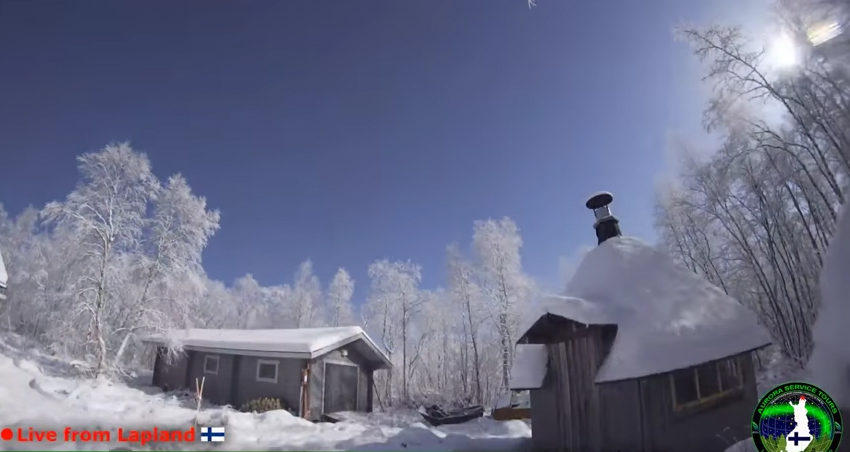Kommentar: Delvist oversat af Sott.net fra Arctic Meteor Turns Night Into Day
Hvis du bor i Danmark og ser en ildkugle, kan den rapporteres på Stjerneskud.info
"It gave me goosebumps to see the night sky turn blue as the meteor exploded," he says. "Auroras and a fireball--what a night!"
This week Earth has been moving through a stream of debris from Comet Encke, source of the annual Taurid meteor shower. Taurids are rich in fireballs. However, the trajectory of this meteor suggests it was no Taurid.
It appears to have been a sporadic--that is, a random meteor from no particular comet. Every day, Earth is peppered with sporadic meteors from a diffuse swarm filling the inner solar system. NASA statistics show that sporadic fireballs as bright as Venus appear somewhere on Earth more than 100 times daily. Fireballs as bright as a quarter Moon occur once every ten days, and fireballs as bright as a full Moon once every few months or so. The Arctic fireball of Nov. 16th belongs in the rarest of those three categories--a lucky catch, indeed.




Kommentar: We beg to differ with the claim that meteors as bright as a quarter Moon and as bright as the moon occur once every 10 days and every 3 months respectively. Anyone who checks our 'Fire in the Sky' section regularly will know that such events happen much more often.